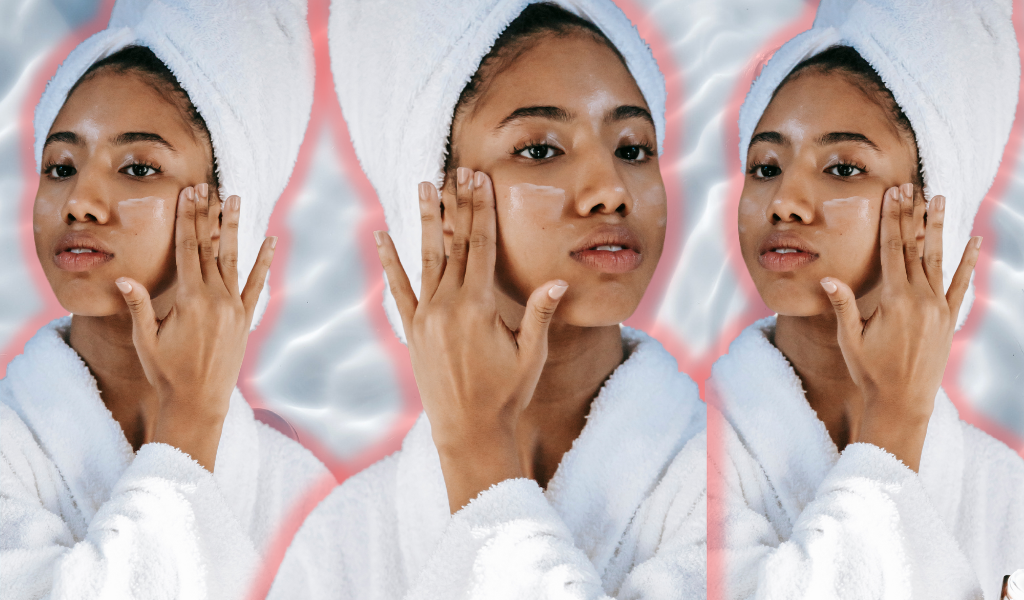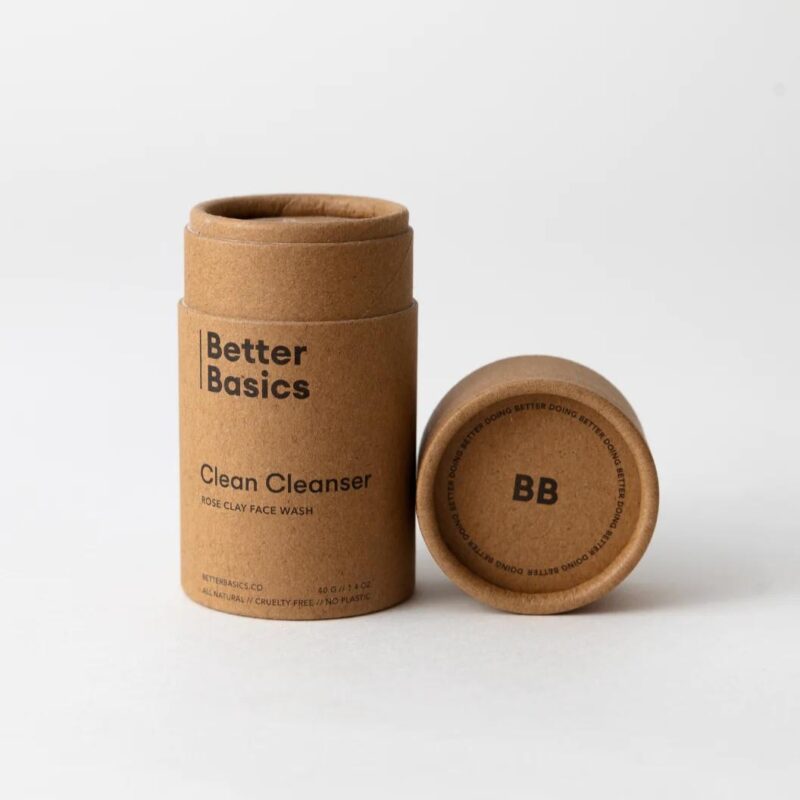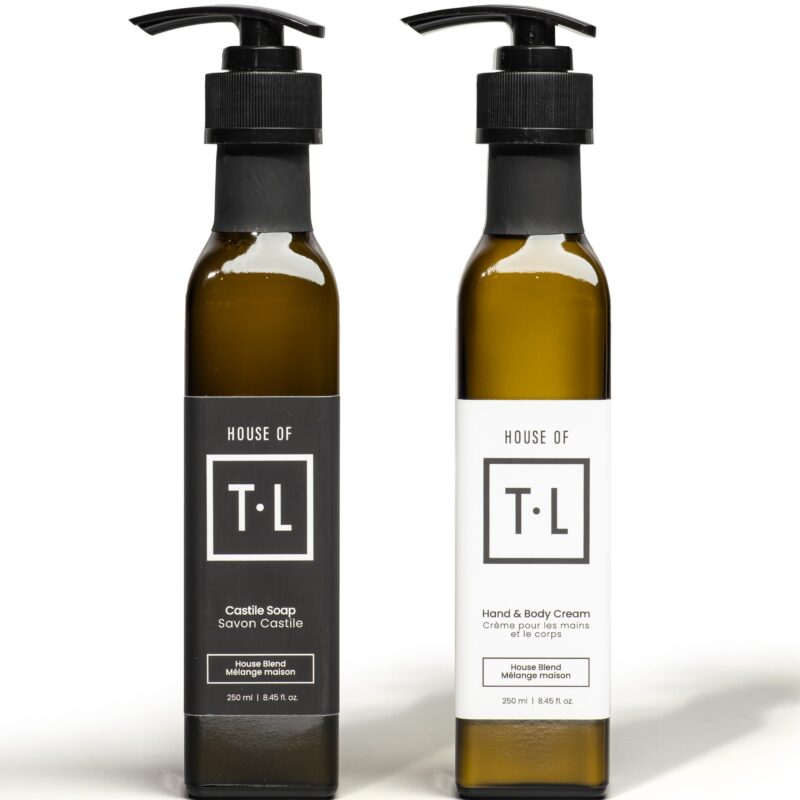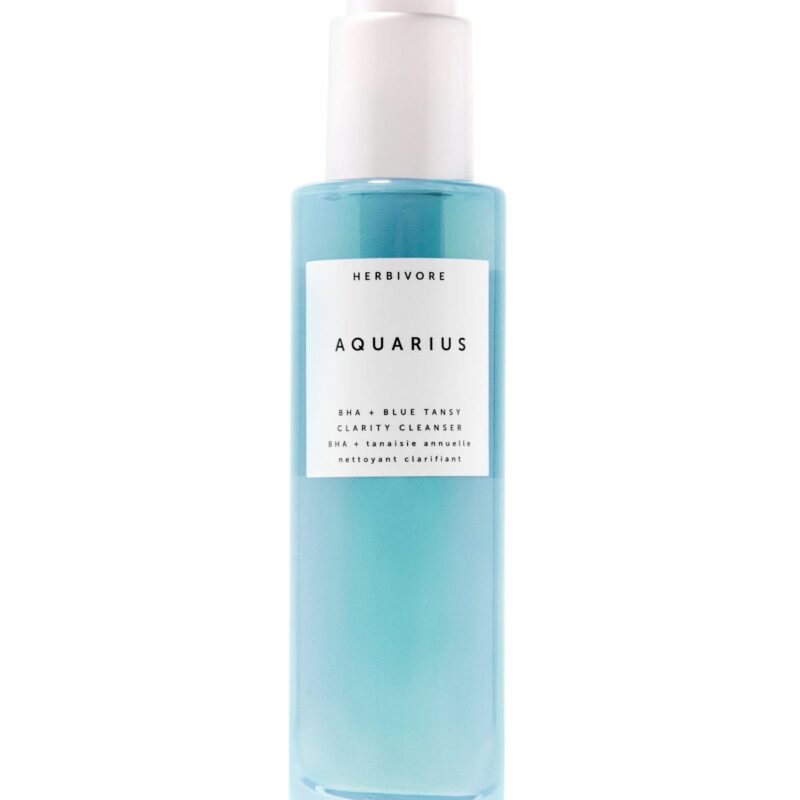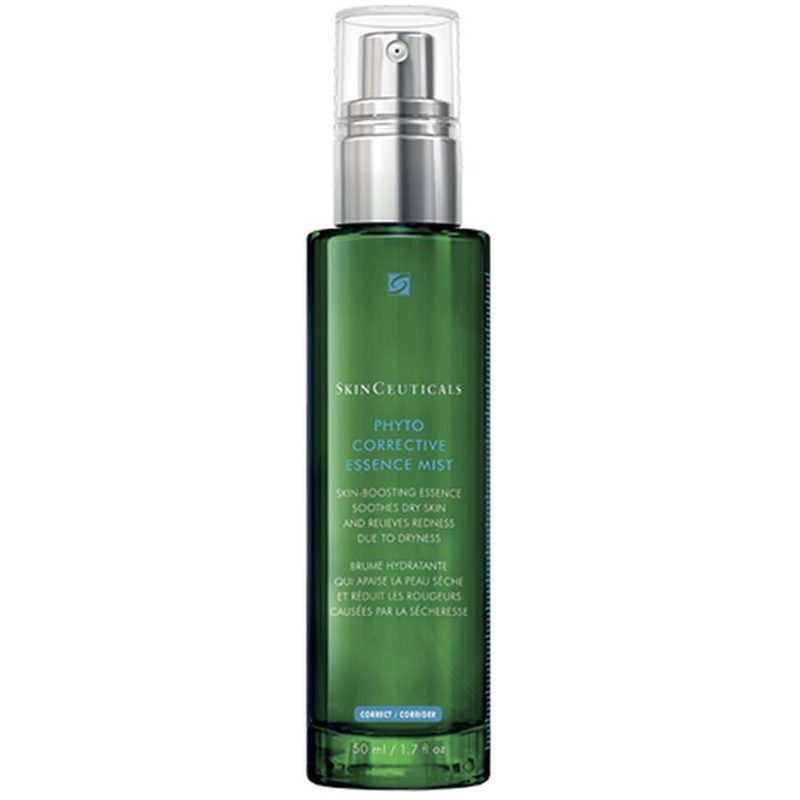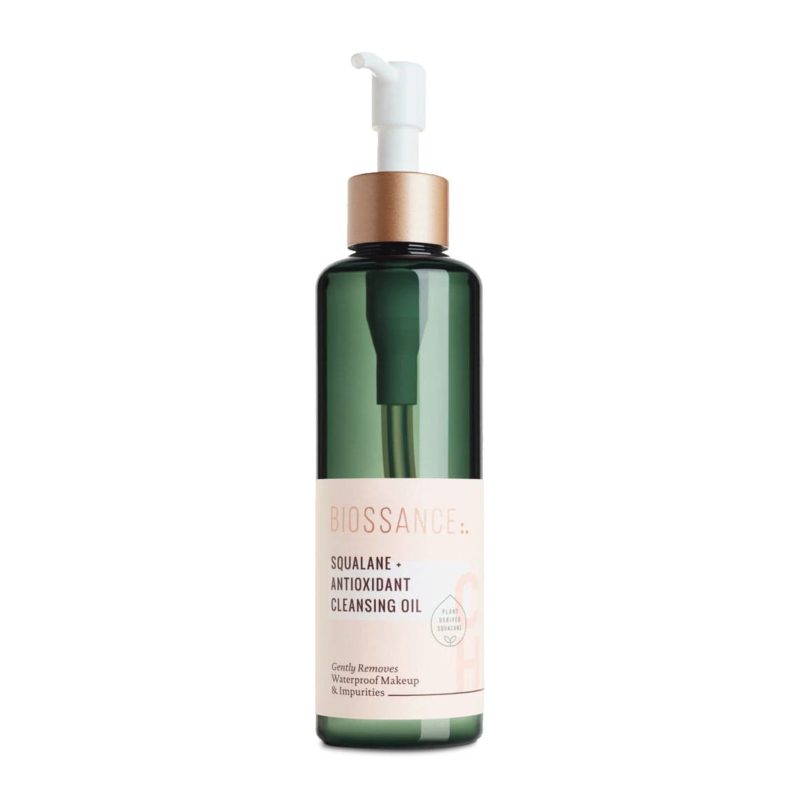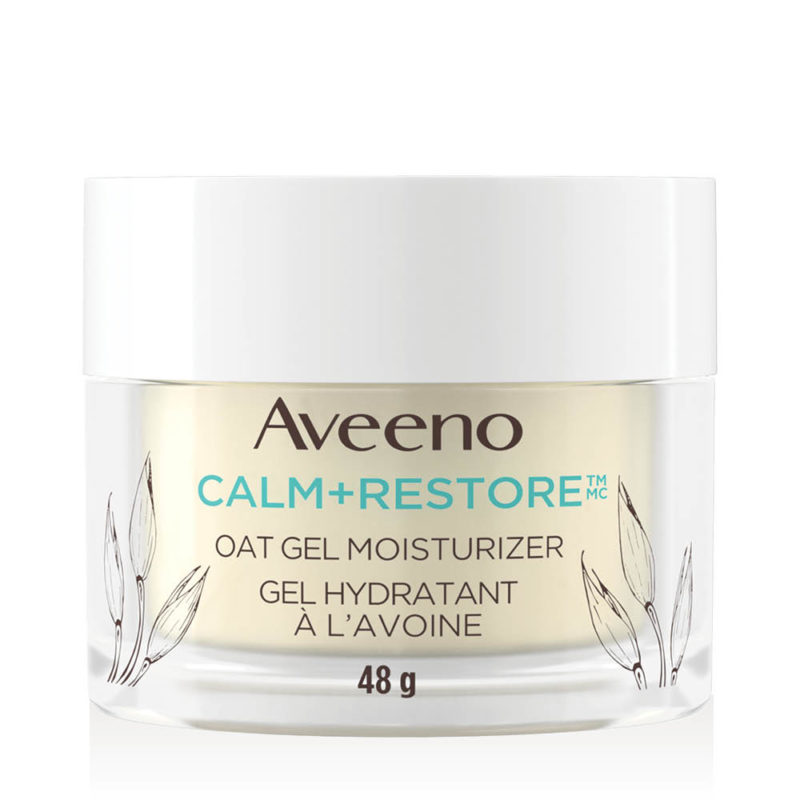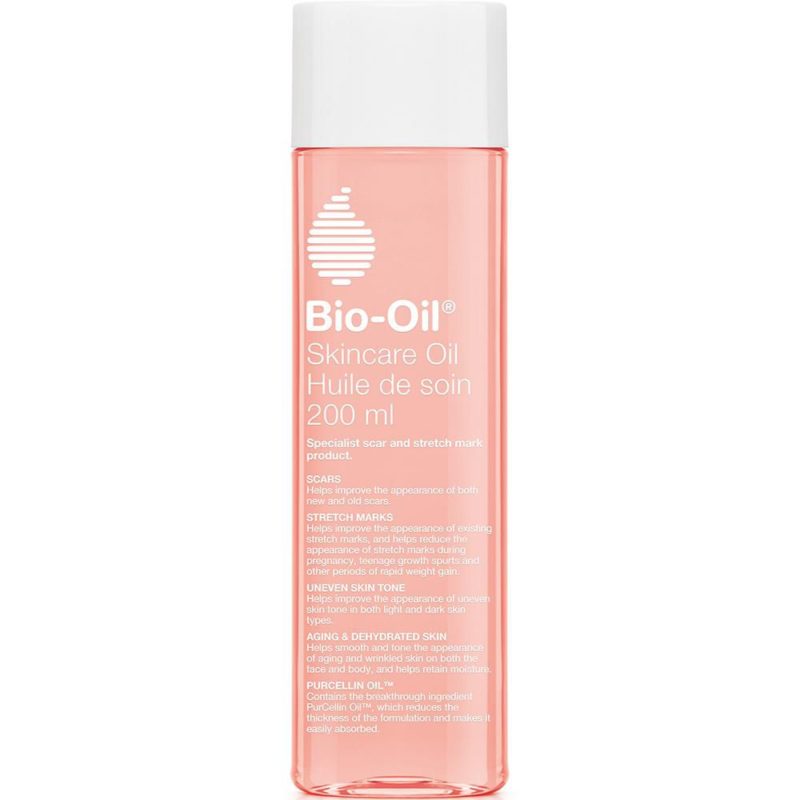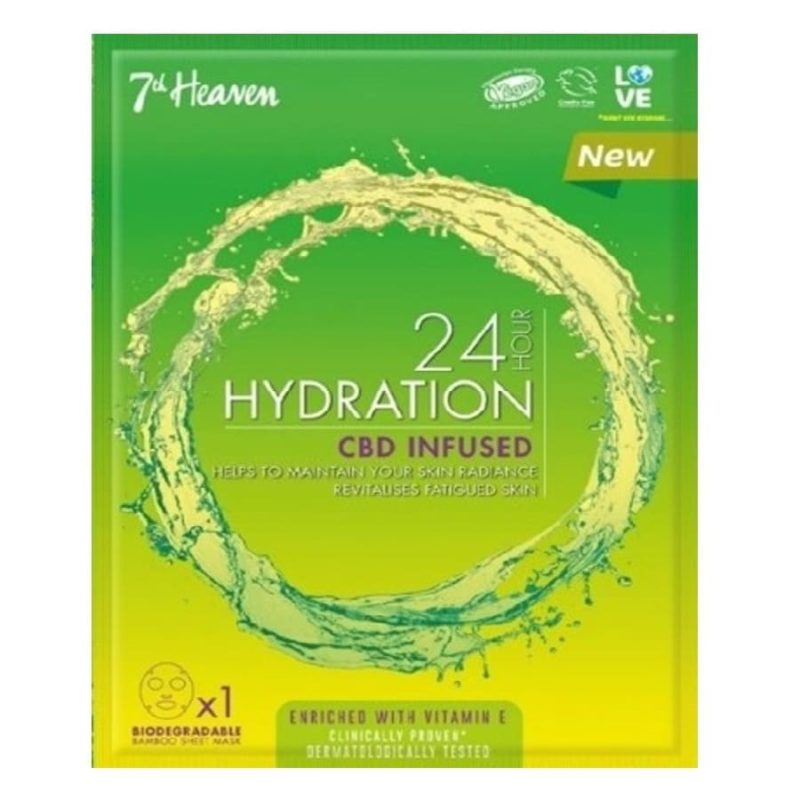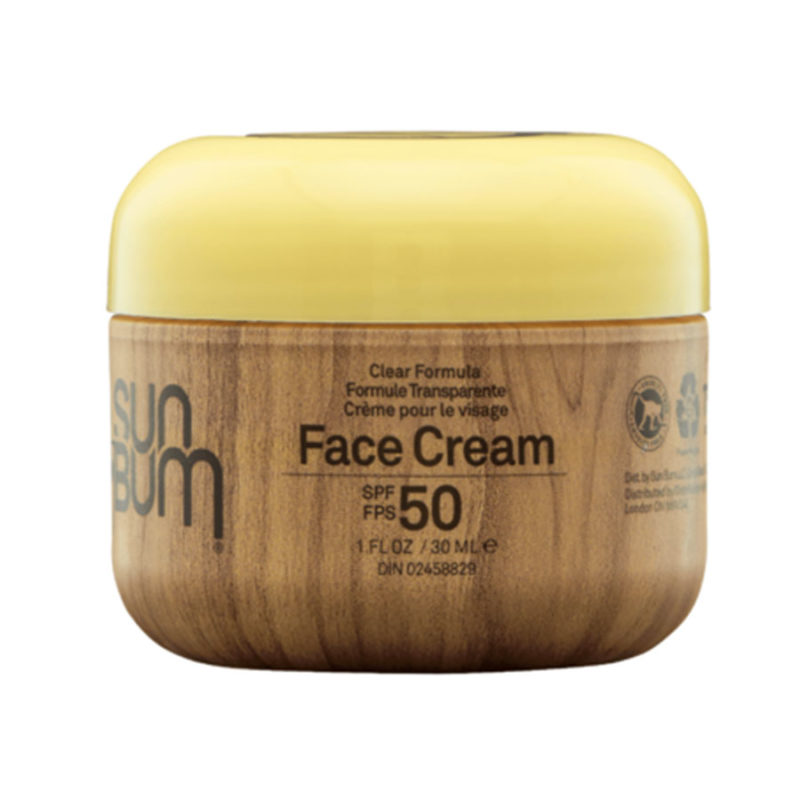Dry skin in the summer, spring and fall? Let’s find out why. Welcome to Pretty Healthy, FLEETSTREET’s in-depth series. Beauty starts with healthy skin and hair, and this column delivers the goods on making that a reality.
Whether it’s the dryness caused by heated forced air or exposure to chlorine in the pool, it seems that our dry, parched skin just can’t catch a break any time of the year. Sure, in the winter we expect it. Dermatologists, magazines and influencers (you asked for their skincare routine!) tell us to moisturize, moisturize, moisturize as soon as you pull out your winter puffer. But the rest of the year? Come on.
Dry skin, all year round? Here’s what to do about it
To figure out what the flakey skin is going on with our faces and bodies in the fall, spring and summer, I connected with some experts. Here’s what they had to say about dry skin all year round.
Symptoms of dry skin
Dry skin is obviously dry. But what else can you expect?
“Symptoms of dry skin include dull and flaky skin, peeling, inflammation, fine lines or cracks, grey or ashy coloured skin and the feeling of roughness and tightness,” says Vanessa Korb, PhD, who works in research and development at Bio-Oil. “When it comes to mild skin redness and dryness, it is likely that a deteriorating moisture barrier is the cause of such symptoms. Using a product to help heal and maintain a healthy moisture barrier should aid to soothe those symptoms.”
| Dullness |
| Flaking |
| Peeling |
| Inflammation |
| Fine lines |
| Grey or ashy in colour |
| Feels rough and tight |
What causes dry skin all-year round? “Dry skin is a result of internal and external factors deteriorating the natural moisture barrier,” says Korb. “Most dry skin occurs as a result of external factors such as dry air, harsh body wash soaps, etcetera. However, dry skin is common during any season as many factors can deteriorate the natural moisture barrier.”
Other causes could also be of concern, says dermatologist Dr. Julia Carroll, who is also a spokesperson for Sun Bum. “Many things can cause dry skin in the winter. It could be an underlying condition like eczema or rosacea, or it might be caused by irritation with a product.” So it’s definitely worth investigating if the issue seems worse than usual.
What to look for in products for dry skin in the summer, spring and fall?
Products for dry skin are typically thought of for winter—which usually include the ingredient hyaluronic acid, a humectant that seals moisture in the skin. But for someone with dry, sensitive skin (ahem, me!), what should they (me, again) look for when buying something that will really work?
“In order to prevent red and itchy skin, moisturize daily with a product that is high in oil and humectants,” says Korb. “There are many essential oils that can soothe redness, however, it needs to be used in the right amount under the right circumstances for it to be effective,” she says pointing to the original and natural formulas of Bio-Oil Skincare Oil for essential oils as well as vitamins A and E.
Skincare steps: Does this change from winter to spring to summer to fall?
You’ve seen the Vogue beauty videos with a 17- to 24- to 108-step skincare routine. I joke, but seriously, the dryer my skin the more liquid-in-teeny-jar ammunition it needs. Is this all necessary? I ask the experts.
Korb says two key things are really, really necessary. The other steps are just for TikTok fun (or, let’s be real, for the other benefits you’re seeking, such as tone and texture).
“To prevent and treat dry skin, there are two principle ways that work efficiently: The first is to apply an occlusive substance to the skin to prevent moisture loss; and the second is to apply humectant ingredients to the skin that attract and bind water.” She further adds: “Apply an occlusive substance – such as oil, butter or wax – to the surface of the skin to prevent moisture loss. The second is to apply humectant ingredients to the skin that attract and bind water. Of the two ways to remedy dry skin, occlusion is considered the superior option.”
So, look closely at the claims and the ingredients.
According to Harvard University, these are occuslive and humectant ingredients that prevent water loss and bind water in the skin, which we put into alphabetical order so you can scan your products more easily (they’re in alphabetical order too!):
| OCCLUSIVE INGREDIENTS | HUMECTANT INGREDIENTS |
|---|---|
| Beeswax, lanolin | Alpha hydroxy acids |
| Candelilla | Ceramides |
| Carnauba | Glycerin |
| Cetyl alcohol | Hyaluronic acid |
| Cholesterol | Lactate salts |
| Cyclomethicone | Lactic acid |
| Dimethicone | Llecithin |
| Lanolin acid | Panthenol |
| Lanolin alcohol | Pyroglutamic acid |
| Lecithin | Sorbitol |
| Mineral oil | Urea |
| Paraffin | Vitamin B5 |
| Petrolatum | |
| Stearic acid | |
| Stearyl stearate | |
| Squalene |
To make those multi-step processes for dry skin seem even more obnoxious, you can actually find a combination of these ingredients within the same product. Pretty efficient right?
As for changing up your seasonal routine, there are a few key things to consider:
Summer: Highly hydrating but easily absorable, says Korb. So go for an ultra-light fluid. Also, “environmental factors and UVA and UVB injuries can lead to increased oil production which can cause inflammation, [and] that makes the skin feel dry,” says Dr. Douglas Grace, the founder and CEO of the Ontario-based medical spa GraceMed, which has seven locations. “I recommend a gentle cleanser, along with vitamin A and sunblock during this time of year.”
Spring and fall: As transitional seasons, these are the times to prep skin, adds Korb. “You can do this by using a combination of ultra-moisturizing products with a high-oil content and humectant ingredients.”
Winter: With extremes of forced heated air inside and the crisp, moisture-wicking cold air outside, you will want to heavy up on humectants with a thicker lotion for especially drying skin. “In winter, dehydration is the big culprit,” says Dr. Grace. “I recommend cleansing less often, applying vitamin A and drinking a lot of water to promote hydration. Sun damage doesn’t just occur in the summer months. Sunblock is critically important in winter, too.”
How does exposure to the sun affect dry skin?
Dry skin in the summer!? It makes sense that sensitive skin is likely to react to heat, right. Heat can add to inflammation, including dry skin. I know myself, I’m red from being outside, even without getting burned or having been in direct sunlight.
“Dry skin is caused by asymmetrical skin turnover and dehydration,” says Dr. Grace. “Increased exposure to UVA and UVB will cause trauma and increased cell turnover and disruption from sunburns. Remember: UVA can penetrate through clouds and windows so be sure to make sunblock a regular part of your skincare routine to decrease the effects of UVA and UVB.”
And although the sun is at its most intense for us in the summer months, we can be exposed to the drying sun in the fall, winter and spring time too.
“Also, increased sweating and increased sebum production can cause increased inflammation which can lead to dry, irritated skin.” He recommends a gentle cleanser that doesn’t strip away the natural oils in your skin to help decrease redness and irritation from sweating.
Let’s chat about that myth around oil
“We have been conditioned to think oil is ‘too heavy’ for skin, when in fact it is not,” says Korb. Oil can be the occlusive step in your moisturizing routine to “mimic the function of the skin’s lipid bilayer by covering the stratum corneum and preventing the loss of water from the skin.”
Oil is also considered an emollient ingredient, which “fills the spaces between dead skin cells thereby making the skin feel and look smooth and plump.” No more flakes! “Filling in these spaces helps to repair the natural skin barrier, softening and hydrating the skin.”
Is moisturizer the best thing for dry skin?
While moisturizer does help with, well, moisturizing, it’s always best to combat the things that are contributing to dryness. And, yes, that just may be what’s on your bathroom counter. Look at your cleanser, says Dr. Grace.
“Focus on using a gentle cleanser and stimulating the skin with vitamin A. And I can’t stress this enough: sunblock all year round is key.”
Sunscreen and dry skin
Think you could switch up a moisturizer in the warmer months for a sunscreen?
“Many people lighten up their moisturizer in the summer, says Dr. Caroll, adding that some do “switch out their moisturizer for a sunscreen with moisturizing qualities.” (She recommends Sun Bum Face Cream with SPF 50.
And since you should really be wearing sunscreen all year round (not just in the summer), here are Dr. Carroll’s tips for doing that.
- “The best way to remember is to make it part of your skincare routine. I keep it with my skincare products and make-up so it’s just one of my regular steps.”
- “Keep it by your toothpaste so after you brush your teeth, you put on your sunscreen. Both are an important part of your daily wellness routine.”
- “If you are inside all day, I recommend a generous application of sunscreen in the morning. If you sit by a window you may consider applying midday.”
- “If you are doing outdoor activities, the same rules apply as in summer: You need to reapply every two hours or sooner if you sweat off the sunscreen. … Don’t forget to apply it every 2 hours and add sunglasses, a hat and sun protective clothing for full protection. ”
- “Choose the sunscreen you love with ingredients you like. One recent trend is tinted mineral sunscreen. It serves as both coverage like make-up as well as sun protection.”
As for aftercare with using sunscreen, Dr. Carroll reminds to wash it off and apply your moisturizer to clean skin.
Dry skin is a drag, but not a life sentence. These DIY solutions will help you get the skin you want and deserve.

